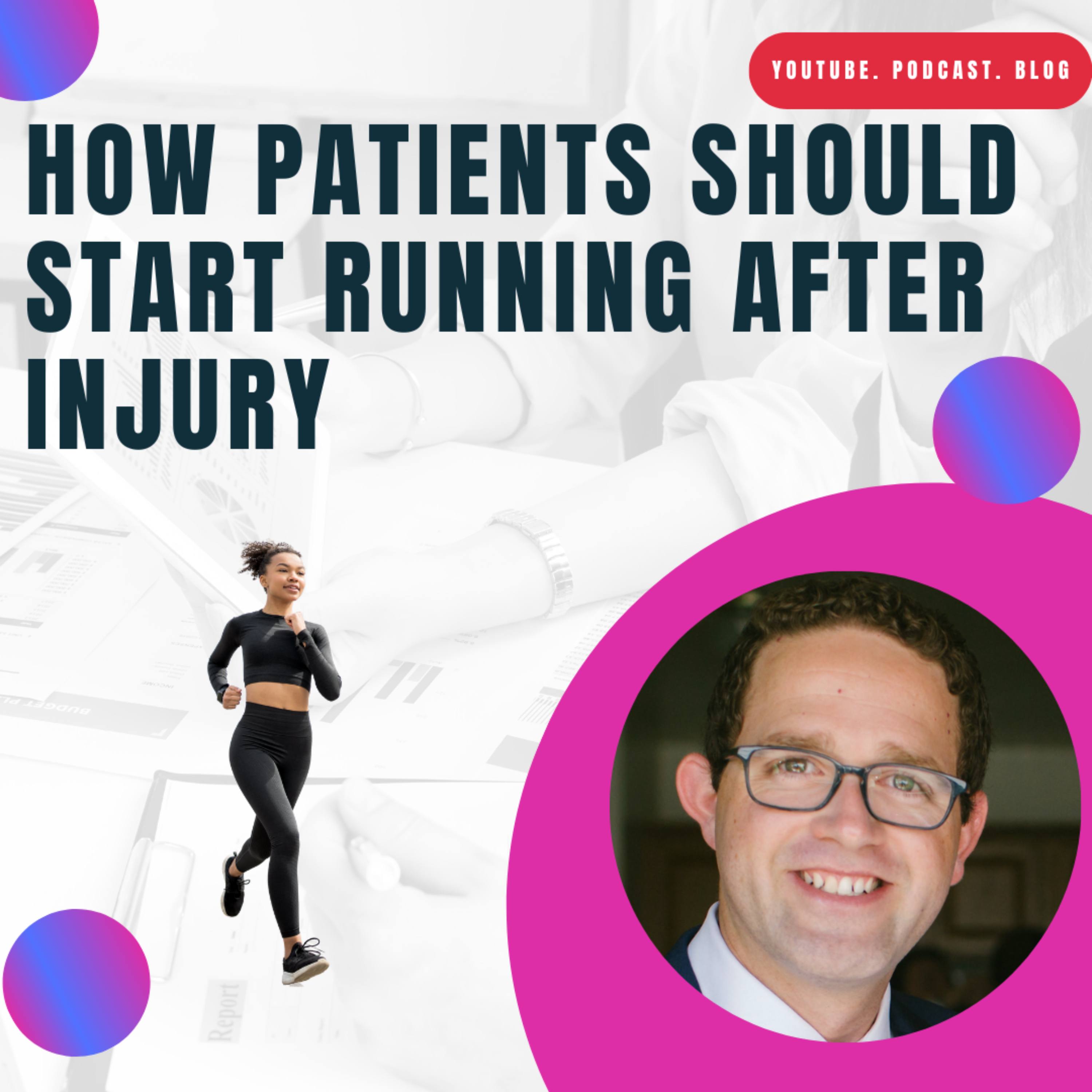How Patients Should Start Running After Injury
Jun 27, 2023
How Patients Should Start Running After Injury
For many patients their goal during rehab is to return to running. While some patients don’t have successful recoveries and are unable to run, others simply don’t try to run again. Unfortunately there are many reasons why patients don’t start running again. You will commonly hear patients report they don’t want to chance reinjury or are unable to find the time to run. But as running experts it’s our job to help as many patients as possible successfully run again. Part of helping patients return to their prior level of function is to guide them in a return to run program. Here are some guidelines to help patients start running again.
Evaluate The Patient’s Readiness To Run
When evaluating a patient’s readiness to run, functional tests are the best way to gain insight into biomechanics during everyday activities. As we discussed in the article “When Should A Patient Stop Running Forever?” performance on functional tests directly correlates to risk of injury during activities like running. Clinicians can interpret functional testing data by comparing the patient’s scores to each test's published normative data. Depending on the outcomes of functional tests, and additional necessary objective measures, each practitioner should decide on the appropriateness to initiate a return to running program. For easy reference here are several of the functional tests we recommend clinicians to use:
- Lower Quarter Y-Balance Test
- Lateral Step Down Test
- Single Leg Sit To Stand Test
- Single-Leg Triple Hop for Distance
- Lateral Single-Leg Triple Hop for Distance
- Medial Single-Leg Triple Hop for Distance
- Functional Movement Screen
Initiate A Return To Run Program
When a clinician clears a patient to return to running it’s best to initiate a return to run program. While there is variability between return to run programs there are several parameters that should be kept in mind.
Key parameters:
- The patient should maintain their corrective exercise program
- Runs should be on flat ground
- Runs should be at a slow, comfortable pace for the patient
- Ideal running surfaces include a track or treadmill
- Runs should be conducted every other day or 1x every three days (based on patient’s susceptibility to injury)
- Appropriate shoe wear should be discussed prior to starting to run
Just as important as outlining key parameters to the patient’s running, prescribing specific amounts of running and walking during a return to run program improves patients outcomes. Here’s an example of a return to run program from Beth Israel Deaconess Medical Center.
Perform A Running Gait Analysis
While ensuring that patients are running an appropriate amount is important, practitioners should also assess HOW patients are running. Therefore, performing a running gait analysis is essential to patients successfully running again. Diagnostically, PTs can use gait analysis findings such as gait deviations and biomechanical compensations to accurately diagnose the patent’s mechanism of injury. Other ways a running gait analysis can help include aiding practitioners in footwear prescription, identifying necessary gait retraining techniques and guiding corrective exercise prescription. Depending on the patient, gait analyses can be used at the beginning of physical therapy, middle and/or end. The research points towards using a running gait analysis multiple times during a patient’s plan of care if possible.
How To Become More Confident In Your Running Gait Analysis
Performing a running gait analysis can be intimidating for many clinicians. If you are interested in learning more about providing a running gait analysis and starting your own running gait analysis clinic check out our continuing education course “The Essentials of Running Gait Analysis”. Lastly, if you have questions about this content or the course feel free to reach out to us to discuss and we will personally respond to your questions.
Listen to the podcast!
If you haven’t done so already grab the “Running Shoe Reference Guide” here:
References:

